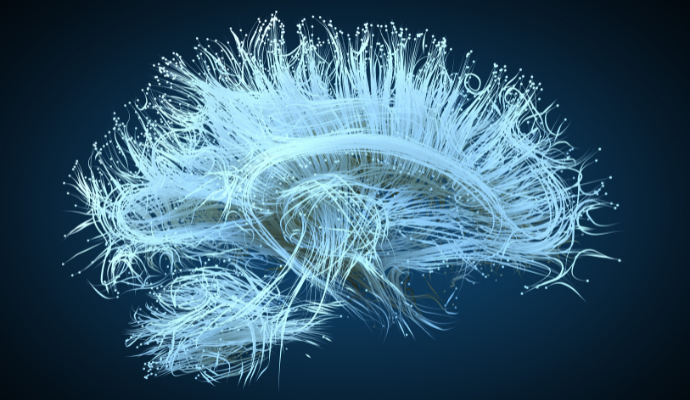Machine Learning Tool Analyzes Behavior-Associated Synaptic Plasticity
Johns Hopkins Researchers have developed machine learning tools that analyze in vivo images of fluorescently labeled glutamate receptors to assess behavior-associated synaptic plasticity.

Source: Getty Images
- “When applied to in vivo images from transgenic mice expressing fluorescently labeled glutamate receptors, this restoration algorithm super-resolved synapses, enabling the tracking of behavior-associated synaptic plasticity with high spatial resolution. This method demonstrates the capabilities of image enhancement to learn from ex vivo data and imaging techniques to improve in vivo imaging resolution,” stated researchers in a recent Nature publication.
Researchers at Johns Hopkins University published a study on May 11, 2023, hoping to understand how the brain adapts to varying environments. While synaptic plasticity and the brain’s learning mechanisms have been studied for decades, researchers have not established a definitive understanding of learning.
Despite difficulties and delays in research, many investigators have hypothesized that glutamate receptors at synapses that mediate neural communication are heavily involved in the process. However, these interactions are difficult to visualize as they are microscopic and highly dense.
As part of this study, the researchers used transgenic mice whose glutamate receptors have been fluorescently labeled and glow with light exposure. The initial scans were low quality and hard to analyze using traditional analytics.
“We needed to go from challenging, blurry, noisy imaging data to extract the signal portions we need to see,” said Adam Charles, PhD, ME, a coauthor on the study, in a press statement.
To do so, the investigators established a machine learning program that analyzes the data. The tool was trained using ex vivo slices of brain tissue from the same mice, producing higher and lower-quality images.
The training process allowed the team to develop an algorithm that transforms low-quality images into higher-quality images that can track individual synapses. Once fully developed, the algorithm was used to analyze brain scans from mice at baseline and with the addition of external stimuli.
“If you want to learn more about how an orchestra plays, you have to watch individual players over time, and this new method does that for synapses in the brains of living animals,” says Dwight Bergles, PhD, the Diana Sylvestre and Charles Homcy Professor in the Solomon H. Snyder Department of Neuroscience at the Johns Hopkins University (JHU) School of Medicine.
